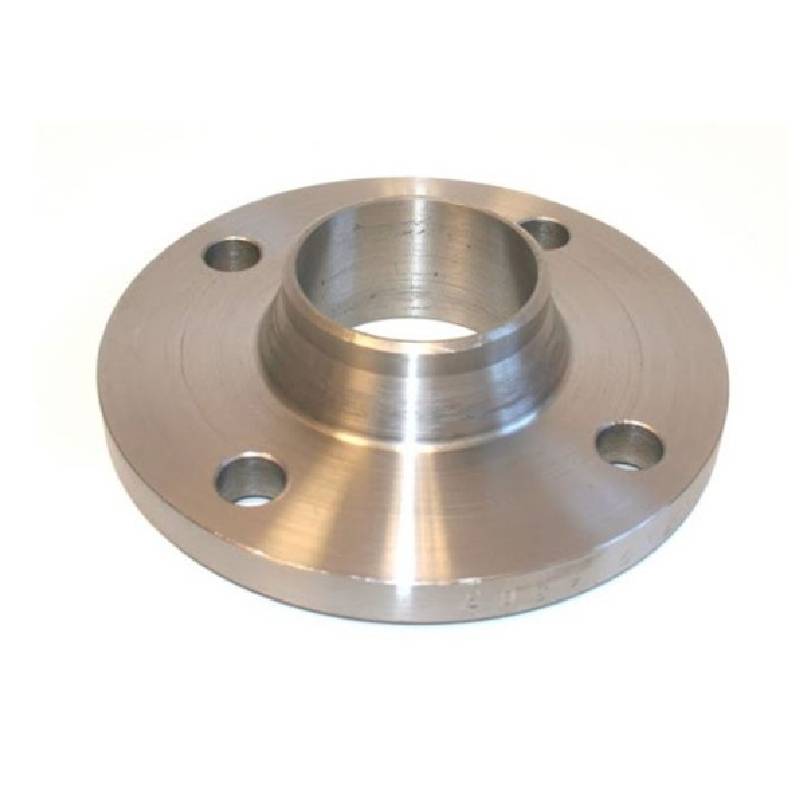-
Cangzhou Yulong Steel Co., Ltd.
-
Phone:
+86 13303177267 -
Email:
admin@ylsteelfittings.com
- English
- Arabic
- Italian
- Spanish
- Portuguese
- German
- kazakh
- Persian
- Greek
- French
- Russian
- Polish
- Thai
- Indonesian
- Vietnamese
- Zulu
- Korean
- Uzbek
- Hindi
- Serbian
- Malay
- Ukrainian
- Gujarati
- Haitian Creole
- hausa
- hawaiian
- Hebrew
- Miao
- Hungarian
- Icelandic
- igbo
- irish
- Japanese
- Javanese
- Kannada
- Khmer
- Rwandese
- Afrikaans
- Albanian
- Amharic
- Armenian
- Azerbaijani
- Basque
- Belarusian
- Bengali
- Bosnian
- Bulgarian
- Catalan
- Cebuano
- China
- China (Taiwan)
- Corsican
- Croatian
- Czech
- Danish
- Esperanto
- Estonian
- Finnish
- Frisian
- Galician
- Georgian
- Kurdish
- Kyrgyz
- Lao
- Latin
- Latvian
- Lithuanian
- Luxembourgish
- Macedonian
- Malgashi
- Malayalam
- Maltese
- Maori
- Marathi
- Mongolian
- Myanmar
- Nepali
- Norwegian
- Norwegian
- Occitan
- Pashto
- Dutch
- Punjabi
- Romanian
- Samoan
- Scottish Gaelic
- Sesotho
- Shona
- Sindhi
- Sinhala
- Slovak
- Slovenian
- Somali
- Sundanese
- Swahili
- Swedish
- Tagalog
- Tajik
- Tamil
- Tatar
- Telugu
- Turkish
- Turkmen
- Urdu
- Uighur
- Welsh
- Bantu
- Yiddish
- Yoruba

Jul . 28, 2024 22:39 Back to list
Innovative Horizontal Single Stage Design for Enhanced Performance and Efficiency in Industrial Applications
Understanding Horizontal Single Stage Pumps
In the realm of fluid mechanics and engineering, the design and function of pumps are crucial to a variety of industrial processes. One notable type of pump is the horizontal single stage pump, which is widely utilized in various applications due to its reliability and efficiency. Understanding the characteristics and applications of horizontal single stage pumps can provide valuable insights for engineers and technicians in making informed equipment choices.
Design Features
A horizontal single stage pump is characterized by its horizontal orientation and the inclusion of a single impeller stage. The pump consists primarily of a volute casing, an impeller, a shaft, and bearings. In a horizontal configuration, the motor and pump body are aligned parallel to the ground, which offers advantages such as a more compact design and ease of maintenance. The single impeller stage ensures that the pump is straightforward in design, making it suitable for applications requiring moderate flow rates and pressures.
The impeller is a critical component that converts mechanical energy from the motor into hydraulic energy, facilitating the movement of fluids. In a horizontal single stage pump, the impeller creates centrifugal force as it spins, drawing fluid into the pump and pushing it out through the discharge nozzle. This design allows for effective and efficient fluid transfer, particularly in environments with low to medium viscosity fluids.
Applications
Horizontal single stage pumps are employed across various industries due to their versatility. Common applications include water supply and distribution, irrigation systems, manufacturing processes, and chemical handling. They are particularly effective in scenarios where a reliable flow of liquid is necessary, such as in municipal water facilities or agricultural irrigation systems.
horizontal single stage

In industrial contexts, these pumps are often used for transferring liquids in processes such as cooling, heating, and chemical dosing. Their ability to handle complex mixtures makes them suitable for the chemical and petrochemical industries, where they can transport corrosive substances while ensuring safety and reliability.
Advantages
One of the primary advantages of horizontal single stage pumps is their ease of maintenance. The horizontal design allows for easy access to internal components, facilitating inspections, repairs, and replacements without requiring the pump to be disassembled extensively. This accessibility minimizes downtime, which is a critical factor in maintaining productivity in industrial operations.
Moreover, horizontal single stage pumps are typically more cost-effective than multi-stage pumps when dealing with lower pressure applications. They provide sufficient head and flow rates for many standard operations without the added complexity or expense found in more complex pumping systems.
Considerations
When selecting a horizontal single stage pump, engineers must consider several factors, including the fluid characteristics, desired flow rate, and total dynamic head requirements. Additionally, consideration should be given to the materials of construction to ensure compatibility with the fluid being pumped, especially when dealing with corrosive or abrasive substances.
In conclusion, horizontal single stage pumps play a vital role in a multitude of applications across various industries. Their straightforward design, ease of maintenance, and versatility make them a preferred choice for many engineers and technicians. By understanding their features and applications, professionals can effectively leverage these pumps to meet their fluid transfer needs efficiently and reliably. Whether in municipal water systems, industrial processes, or agricultural applications, horizontal single stage pumps continue to be indispensable tools in fluid management.
Latest news
-
ANSI 150P SS304 SO FLANGE
NewsFeb.14,2025
-
ASTM A333GR6 STEEL PIPE
NewsJan.20,2025
-
ANSI B16.5 WELDING NECK FLANGE
NewsJan.15,2026
-
ANSI B16.5 SLIP-ON FLANGE
NewsApr.19,2024
-
SABS 1123 FLANGE
NewsJan.15,2025
-
DIN86044 PLATE FLANGE
NewsApr.19,2024
-
DIN2527 BLIND FLANGE
NewsApr.12,2024
-
JIS B2311 Butt-Welding Fittings LR/SR 45°/90° /180°Seamless/Weld
NewsApr.23,2024











